AI Guardians: How Schools are Harnessing Artificial Intelligence to Detect Guns and Enhance Safety

In the wake of increasing concerns over school shootings and the urgent need for proactive safety measures, schools across the United States are turning to artificial intelligence (AI) technologies to bolster their security systems. These cutting-edge solutions are designed to detect firearms on school premises in real-time, providing a critical first line of defense against potential threats. As the adoption of AI in school security gains momentum, it is crucial to understand how these technologies work, their effectiveness, and the challenges that come with their implementation.
The Rise of AI in School Security
The integration of AI in school security systems is a direct response to the alarming frequency of school shootings in recent years. Traditional security measures, such as metal detectors and security personnel, have proven insufficient in preventing these tragic incidents. Schools are now seeking more advanced solutions that can proactively identify and alert authorities to potential threats before they escalate.
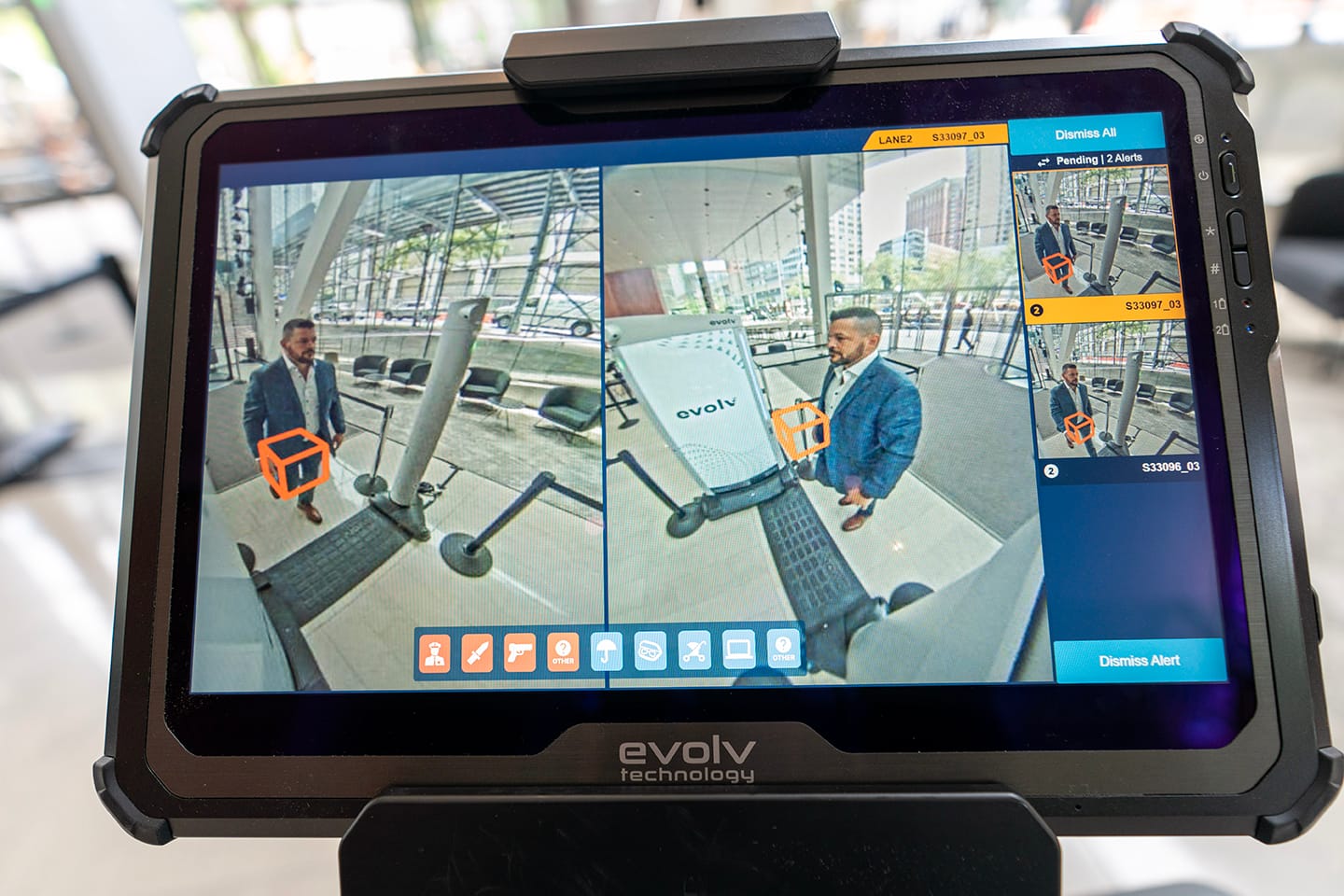
AI technologies, with their ability to analyze vast amounts of data in real-time, have emerged as a promising tool in this fight. By leveraging existing surveillance infrastructure, these systems can continuously monitor video feeds, detecting the presence of firearms and other weapons with remarkable accuracy.
How AI Detects Guns in Schools
One of the most prominent AI solutions being deployed in schools is the ZeroEyes technology. This system integrates seamlessly with a school's existing camera network, analyzing video feeds in real-time to identify visible firearms. When a potential threat is detected, the system sends images to a ZeroEyes operations center, where trained professionals verify the threat before notifying local authorities and school officials.
The ZeroEyes technology has already been implemented in schools across various states, including Illinois, Utah, and districts like Fort Smith Public Schools. The system's ability to detect partially visible weapons and distinguish between real firearms and harmless objects has made it a valuable asset in enhancing school security.

Another notable AI solution is offered by Iterate.ai, which provides a free AI system that schools can integrate with their existing surveillance cameras. This system is capable of detecting not only firearms but also other weapons like knives and Kevlar vests. Upon detecting a threat, the system sends automatic alerts to school administrators and local law enforcement, enabling a rapid response.
Omnilert, another AI-based security solution, focuses specifically on detecting drawn weapons. By monitoring video feeds from cameras on school campuses, Omnilert aims to identify threats before they even enter school buildings, providing an additional layer of protection.
The Effectiveness of AI in Detecting Guns
While AI technologies offer promising capabilities in enhancing school security, their effectiveness is not without challenges. False alarms, missed detections, and the need for adaptation to the quirks of the technology have been reported in some instances.
However, the continuous advancement of AI algorithms and the integration of machine learning techniques are expected to improve the accuracy and reliability of these systems over time. As more schools adopt AI solutions and provide feedback, the technologies will become more refined and effective in detecting potential threats.
Balancing Safety with Privacy Concerns
The deployment of AI in school security systems raises important questions about privacy, particularly in educational settings filled with minors. Some AI solutions, like ZeroEyes, have addressed these concerns by focusing solely on weapon detection without employing facial recognition technologies.
Schools must carefully consider the privacy implications of implementing AI security systems and ensure that appropriate safeguards are in place to protect student and staff privacy. Transparency about the use of these technologies and clear communication with parents and the school community are essential in building trust and acceptance.
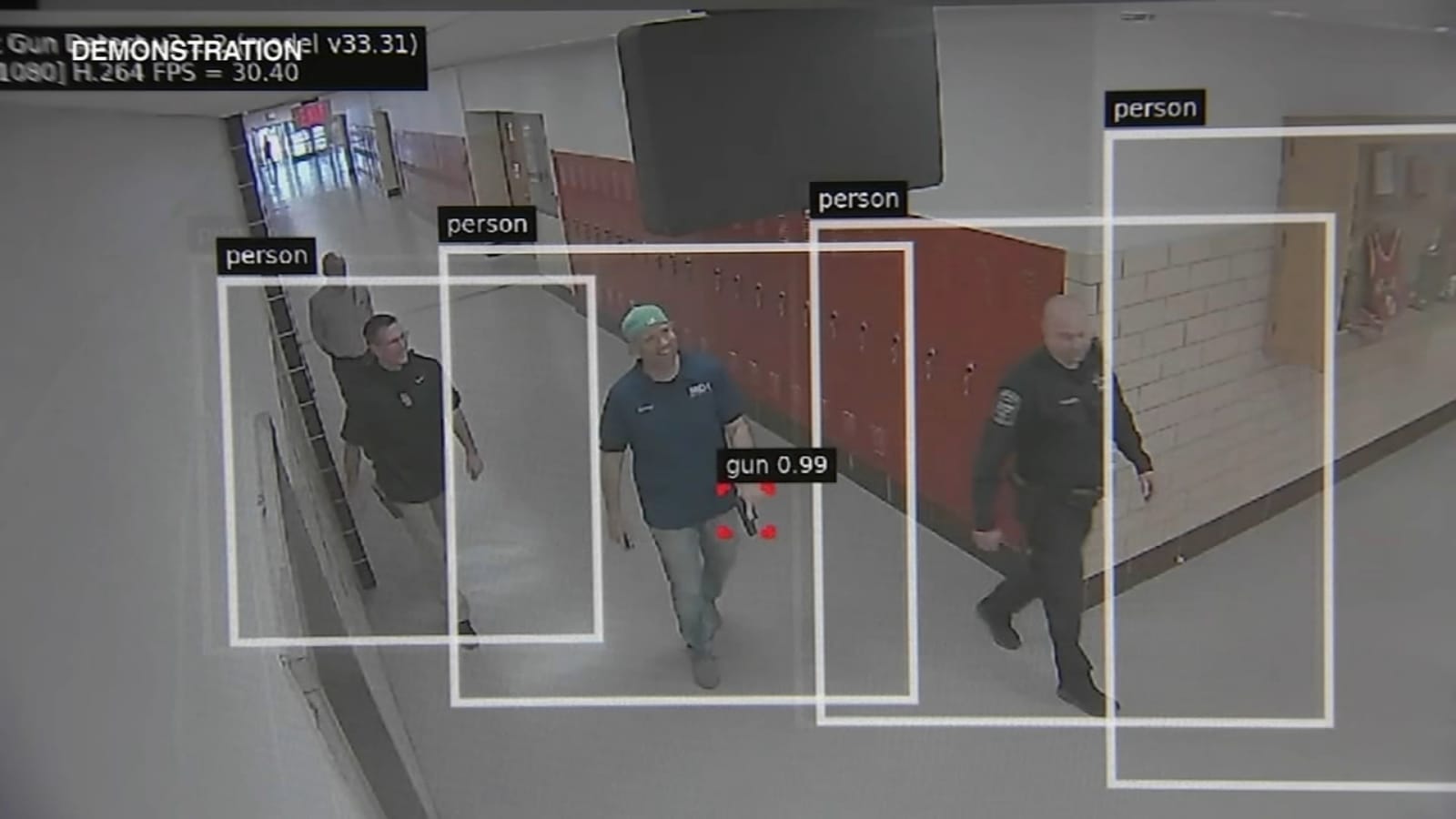
The Cost of AI Security Solutions
Implementing AI technologies in schools comes with significant costs, both in terms of initial installation and ongoing operation. While some solutions, like the one offered by Iterate.ai, are provided for free to schools, the integration with existing systems and the need for trained personnel to monitor and respond to alerts can still incur substantial expenses.
Schools must weigh the costs of AI security solutions against their potential benefits and consider the long-term sustainability of these investments. Partnerships with technology providers, government grants, and community support can help alleviate the financial burden and make these solutions more accessible to schools with limited budgets.

The Future of AI in School Security
As AI technologies continue to evolve and mature, their role in enhancing school security is expected to grow. The integration of advanced features, such as predictive analytics and behavioral analysis, could further improve the ability to identify potential threats and prevent incidents before they occur.
However, it is crucial to recognize that AI is not a silver bullet solution to the complex issue of school safety. A comprehensive approach that combines technological solutions with effective policies, training, and community engagement is necessary to create a truly safe and secure learning environment.
Schools must also stay informed about the latest advancements in AI security technologies and regularly assess the effectiveness of their implemented solutions. Collaboration with experts in the field, as well as ongoing dialogue with students, parents, and staff, will be essential in ensuring that AI technologies are used responsibly and effectively in protecting our schools.

Conclusion
The adoption of AI technologies in schools to detect firearms is a significant step forward in enhancing safety and security. By harnessing the power of artificial intelligence, schools can proactively identify potential threats and respond quickly to prevent tragedies.
However, the implementation of these technologies must be approached with care, taking into account privacy concerns, cost considerations, and the need for a comprehensive safety strategy. As AI advances, schools must stay informed, adapt, and collaborate to ensure that these powerful tools are used most effectively and responsibly possible.
In the end, the goal of creating safe and secure learning environments for our students is a shared responsibility. By embracing the potential of AI while addressing its challenges, we can work together to build a future where every child can learn and grow without fear, protected by the watchful eyes of AI guardians.



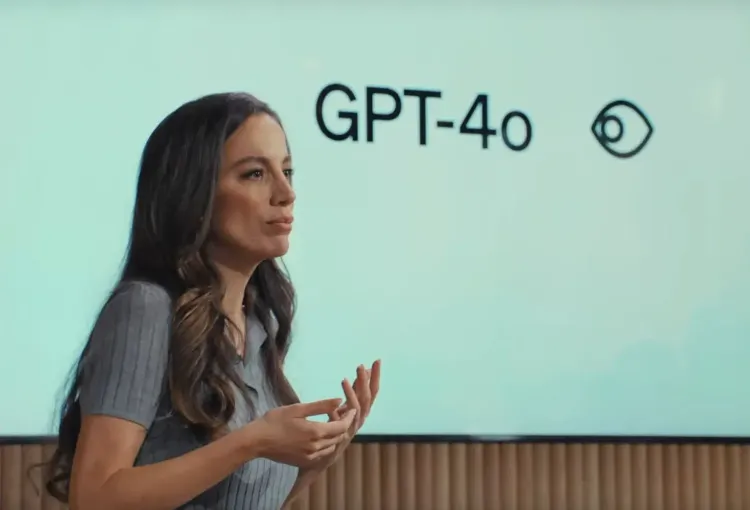





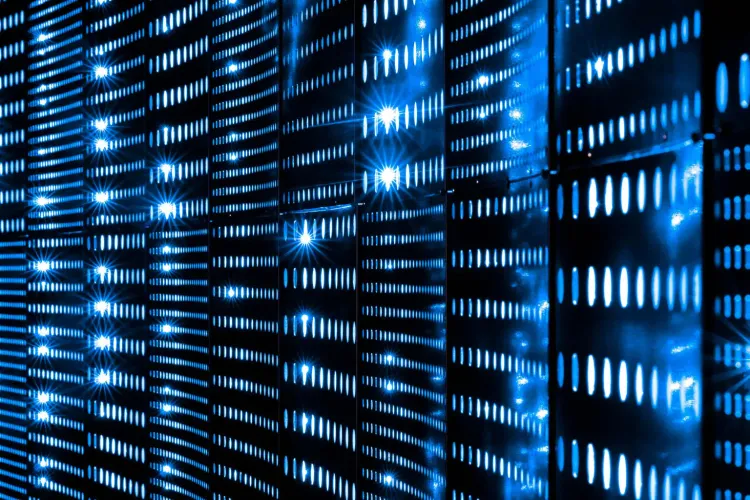
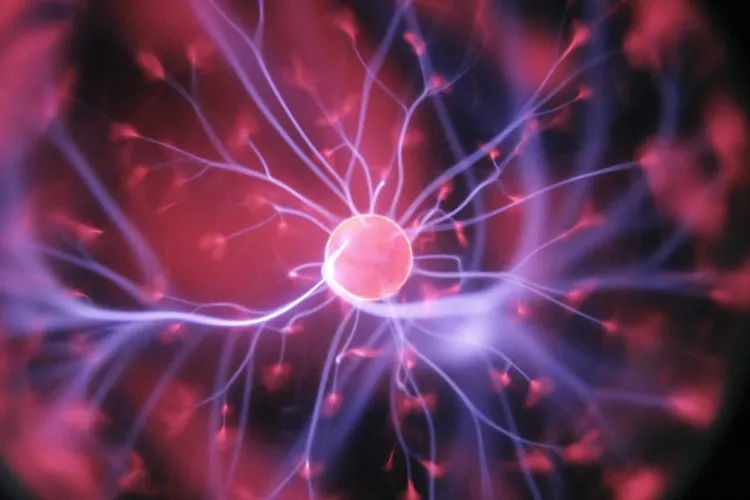
Member discussion